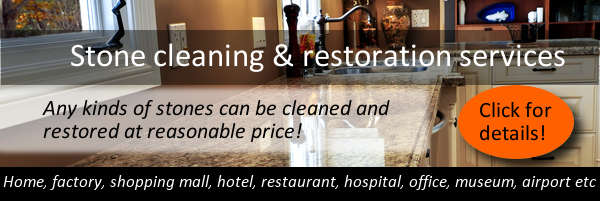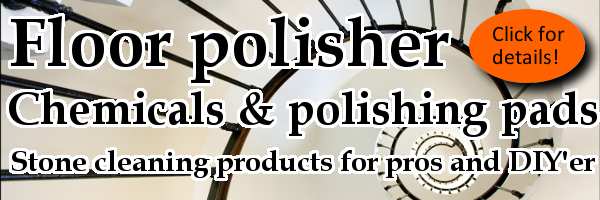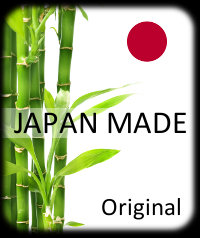Granite floor cleaning method and tips
Are you having a hard time cleaning your granite floor? Here's a solution that may be helpful to you!

Granite floors are far harder than marble floors. This is one reason that makes polishing these floors difficult. Granite floors definitely have high durability, but this doesn't mean that they are free from scratches, dust, oil deposits, or stains.
Rust stains can usually be removed using special removers or detergents, but scratches are an entirely different story. Cleaning granite floors with chemical agents is a common practice, but if there are scratches on the surface, then physical polishing methods are highly recommended instead of cleaning with detergents.
Another factor that makes polishing granite floors difficult is the range of polishing tools available for use. We've mentioned that granite is much harder than marble; thus, polishing tools used for granite have to be different from those used for marble.
Since we have been supplying stone fabricators with granite polishing tools for more than 60 years, we do have extensive knowledge regarding granite polishing. Floor polishing is easier compared to manufacturing slabs from a granite block. However, this requires the right kind of tools.

Before you give up with that dirty floor, consider once more!

A few people are concerned about scratches left on the granite floor during polishing but you need not worry about this. Polishing essentially involves the same process as when a drab granite slab is converted into an attractive glossy floor. You will be amazed at how a granite floor acquires a fine surface by simply changing the grade of the polishing disc used from coarse to fine. No wonder because we supply tools who produce these beautiful shined granite floor when first install to the buildings.
We have applied a bond to the diamond polishing pad, which increases the sharpness of the cutting edge, especially in the case of hard materials. The contact area between the abrasive pad and the granite is designed to be relatively small to augment the cut depth. There is also no need to worry about the wear. It may seem like the granite will get thinner if you continue polishing the floor but even if you do treat the floor thoroughly, the stock removal of the floor's surface will be under several dozen micrometers.
How granite floors lose their shine
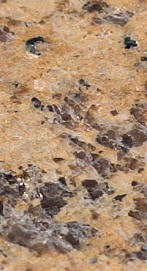
On magnifying the surface of a granite floor, you will find that the pattern of the granite floor consists of various minerals interlaced like pieces of a puzzle. In each of these minerals, there exists a slight pore or void. Even one of the hardest types of granite will eventually deteriorate if water seeps into any of these pores. These pore sizes determine the life of the granite stone. Therefore, the water absorption coefficient of each stone is indicated at the point of purchase. Other adverse effects of water are reduced gloss and cracks. It is preferable to use stones with a lower water absorption coefficient if you are going to use the granite in Texas weather conditions.
While many people would not consider water to be the main factor for granite deterioration, it definitely takes the highest priority when considering maintenance. However, it is impossible to avoid water coming in contact with the floor in everyday life; therefore, we recommend that you use a sealer to avoid the ill-effects of water on granite. You don't need to be concerned about the effects of spilling water on the floor because it is the constant exposure to water that is the real problem. After all, we recommend the use of water instead of coolants during the polishing process. There won't be any adverse effects if the floor is dried after polishing. It is only the long-term effects of exposure to water that gives rise to recurrent problems.

Neutralizing before sealing the granite floor
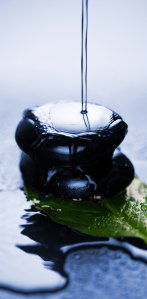
Although granite is comparatively resistant to acids or other chemicals, special care should be exercised before sealing. We recommend the use of sealer instead of wax to most of our customers after the granite floor has been polished and made to look brand new. There are two types of sealers: the one that creates a layer of coating on the granite surface, and the one that penetrates the stone surface via the pores and embeds the space to curb water intrusion. This sealer helps retain the surface shine for a long time and delays deterioration.
As we mentioned, if you have used detergents for cleaning the stone before the sealing process, the detergent seeps inside since there are plenty of tiny pores in the stone's surface. Due to the detergent residue within, the granite will deteriorate from the inside if you apply sealer over this. To avoid this, we recommend that you neutralize the detergent left inside the pore before using a sealer.
